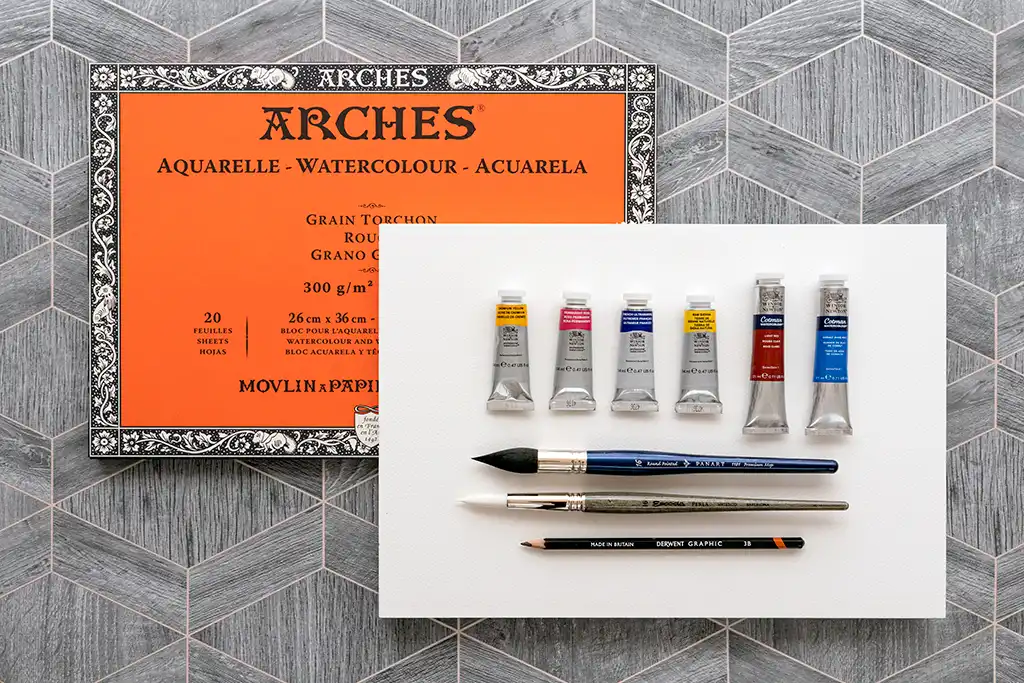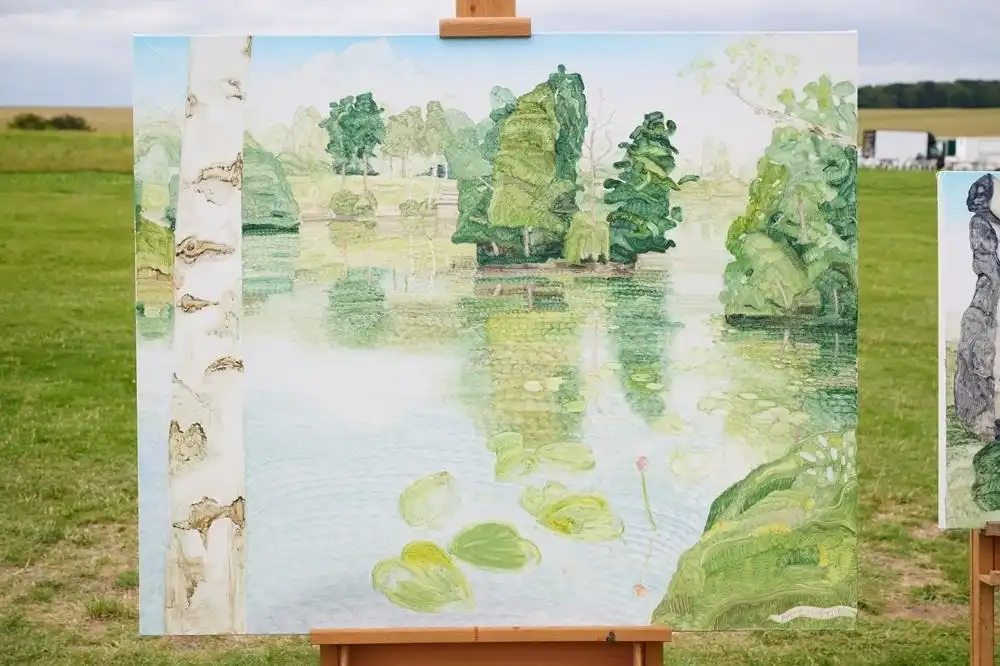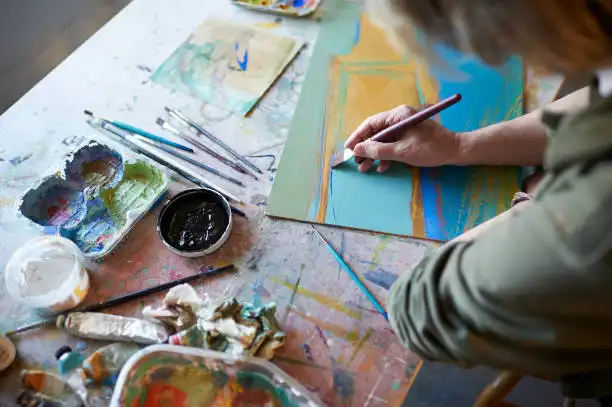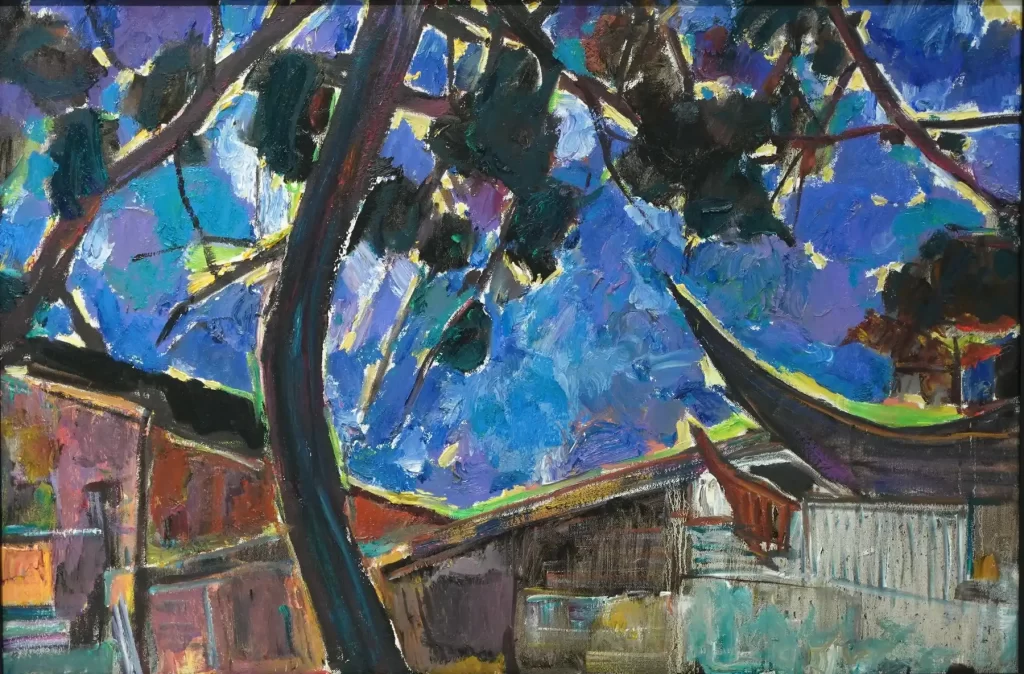Beginner's Guide to Watercolor
Watercolor is one of the most popular mediums for artists to start with because the supplies are affordable, it’s approachable, and the techniques are accessible to both beginners and experienced artists. The vibrant and translucent nature of watercolors allows for a unique and expressive form of art. In this beginner’s guide to watercolor we’ll explore the essential supplies you need, steps to get you started, and dive into some basic watercolor techniques to help you create your own beautiful works of art!

Basic Watercolor Supplies
- Watercolor Paints: Invest in a basic set of watercolor paints with a variety of colors. Tubes or pans are both suitable options and ultimately come down to artist preference. We love MaimeriBlu watercolor tubes. They’re highly pigmented and have no additives. If you want an excellent value for high quality colors, Daler-Rowney Aquafine watercolors are a great place to start!
- Watercolor Brushes: Get a set of quality brushes in different sizes, including rounds for details and flats for washes. Our favorite Princeton Brush Series for watercolor are Velvetouch, Heritage, Aqua Elite, and Neptune.
- Masking Tape: Use masking tape to secure your paper to a board or table to prevent it from moving while you paint if you’re not using a block of paper.
- Pencil and Eraser: Sketch your ideas lightly before applying watercolor. An eraser is handy for removing any visible pencil lines.
How to Get Started
- Prepare Your Workspace: Set up a clean and organized workspace. Tape your watercolor paper to a board or table to prevent it from warping.
- Sketch Your Design: Lightly sketch your desired design on the watercolor paper using a pencil. This serves as a guideline for your painting.
- Mix Your Colors: Start by mixing a few primary colors to create a color palette for your artwork. Experiment with different combinations to discover new shades. Label your colors so you know what you mixed if you need to come back to your project later.
- Apply the First Wash: Wet the paper with clean water using a large brush. Apply a light wash of watercolor over the entire paper or specific areas, depending on your design.
- Layering Colors: Once the first wash is dry, start layering colors. Work from light to dark, allowing each layer to dry before applying the next. This technique adds depth and complexity to your artwork.


Different Watercolor Techniques
- Wash: Use a large brush and load it up with a mixture of paint and water that is thin enough that it flows easily. Start applying it to the paper in a smooth, sweeping motion side to side.
- Wet-on-Dry: Applying wet paint to dry paper allows for sharper edges and more defined details.
- Wet-on-wet: Apply a wash of just water. Then release wet pigment into the wash. It allows the paint to move in organic and natural ways.
- Dry Brush: Use a dry brush to create texture or add details to a dry surface.
- Salt Technique: Sprinkle salt on wet paint to create interesting textures as the salt absorbs the pigment.

